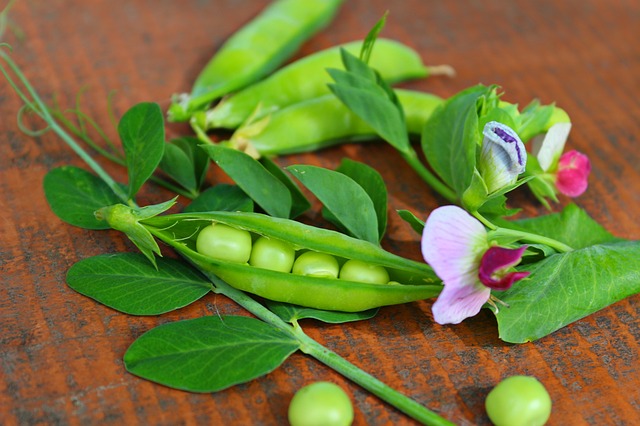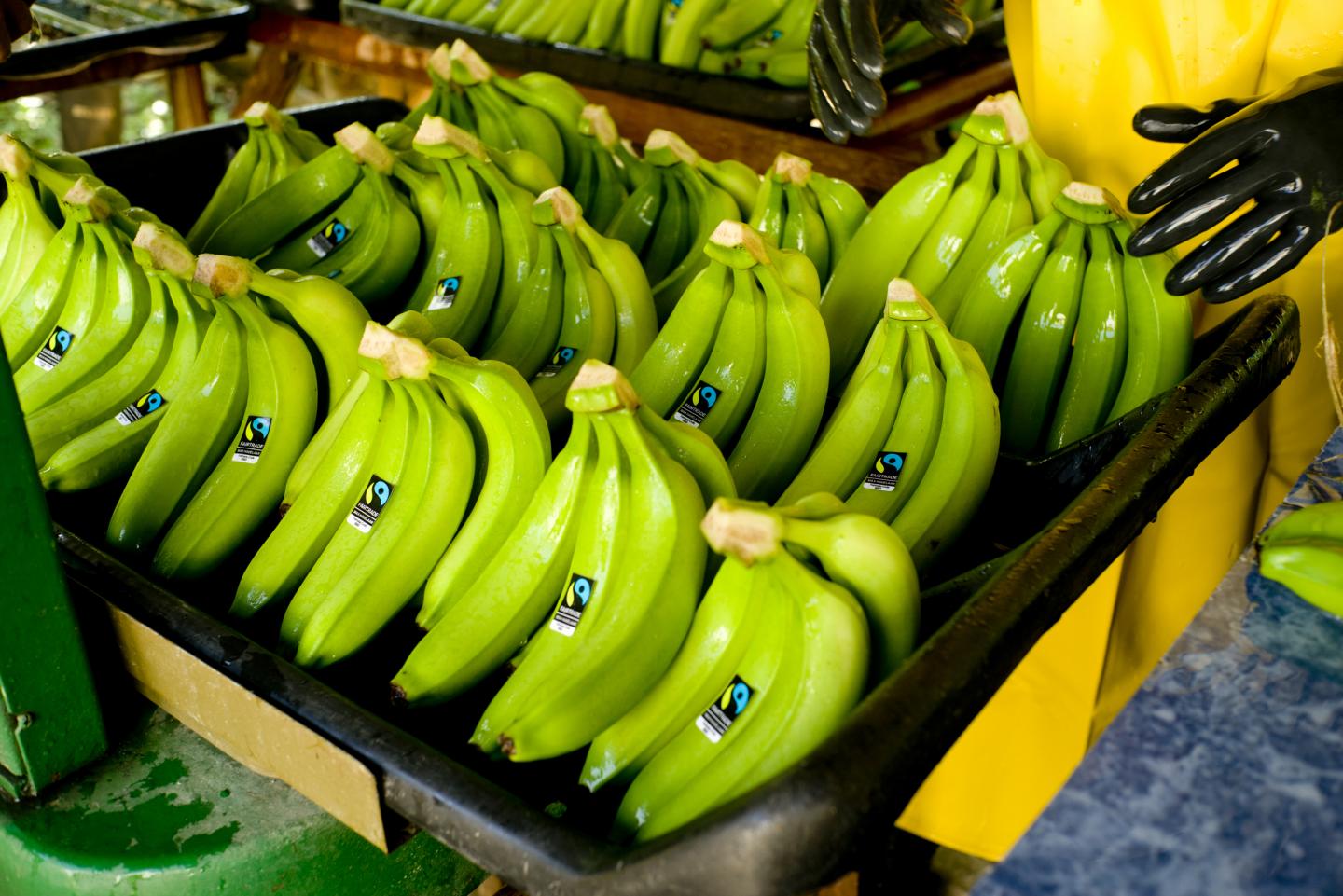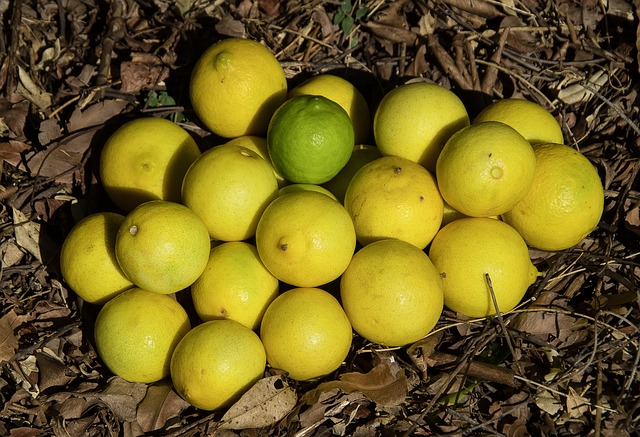


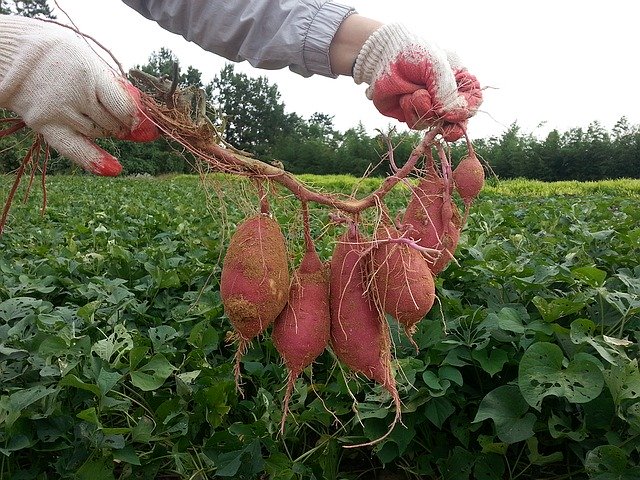
The scientists’ research indicates that the storage root was an already-existing trait that predisposed the plant for cultivation and not solely the result of human domestication, as previously thought. This discovery, published in Nature Plants, is part of a comprehensive monographic study of the morning glories, the biggest study of this group of plants to date, which also contributes important insights to the taxonomy and evolution of this megadiverse group of plants.
The researchers also discovered that sweet potato is not the only species of morning glory that produces storage roots. In fact at least 62 other species in the group also produce these underground organs, some of them as big as those of the sweet potato and many also edible.
Dr Pablo Muñoz, from Oxford‘s Department of Plant Sciences, whose PhD thesis formed a significant part of the paper, said: ‘Most other studies trying to understand the evolution of the sweet potato assumed that its storage root is a product of domestication by humans whereas this study demonstrates that storage roots evolved many times independently in different species including sweet potato before humans.’
The plant genus Ipomoea, commonly known as morning glories, is one of the largest groups of flowering plants in the world. It includes over 800 species, including many ornamental plants and one of the most important crops for human consumption: the sweet potato (Ipomoea batatas). However, despite their importance and widespread distribution, most species of morning glories are very poorly known and have never been studied across their entire geographical range, hindering the understanding of this important group of plants.
Researchers at the University of Oxford’s Department of Plant Sciences have led the first comprehensive monographic study of the morning glories at a global scale. It is a long-term collaboration with colleagues at the International Potato Center, in Peru, Oregon State and Duke Universities in the US and the Royal Botanic Garden Edinburgh. Their results include the description of 63 new species (almost 10% of the species known in the whole genus) and the identification of a large number of synonyms — entities described in different places under different names that are, in reality, the same species.
Their methods could offer a solution to the massive backlog in documenting and describing the bulk of the world’s plant species.
The scientists demonstrate how a monographic taxonomic study, carried out at a global scale, can make massive contributions to our understanding of the diversity existing in poorly known groups of organisms. By working out the evolution of the morning glories, they were also able to investigate several questions pertaining to the origin and evolution of the sweet potato.
The research uses herbarium specimens — dried plants preserved in botanical gardens, museums and other institutions — for both morphological comparative studies and molecular analyses. Herbarium specimens constitute an unparalleled resource with which to address the study of inadequately known groups of plants and is the only feasible way to study megadiverse tropical groups across their entire distribution.
Lead author, Professor Robert Scotland, said: ‘We hope this study acts as a catalyst in demonstrating the scale of progress that can be achieved. Taxonomy has often been perceived as a merely descriptive science, a continuation of the work carried out by 18th and 19th century naturalists and no longer necessary.
‘However, we believe that an accurate, up-to-date taxonomy is necessary to tackle the biodiversity crisis. A large percentage of tropical plant species are so poorly known that, in practice, they are invisible to conservation studies. Taxonomy is the science that underpins biology and provides our basic knowledge of what species there are and where they live. Our study demonstrates the potential of taxonomy, through the integration of morphological studies and molecular analyses, to contribute to understanding much of the plant diversity existing on Earth.’
Professor Robert Scotland said
Read the paper: Nature Plants
Article source: University of Oxford
Image credit: Chang Min SHIN / Pixabay
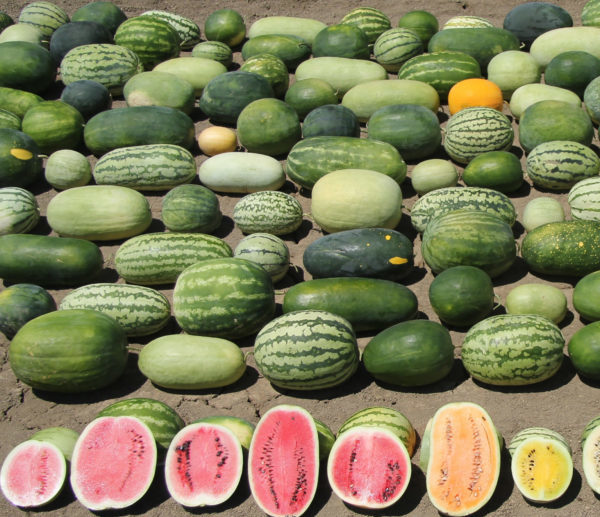

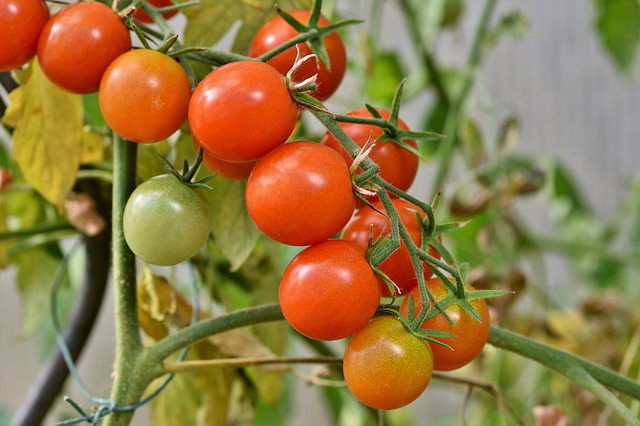
Use of saline water to irrigate crops would bolster food security for many arid countries; however, this has not been possible due to the detrimental effects of salt on plants. Now, researchers at KAUST, along with scientists in Egypt, have shown that saline irrigation of tomato is possible with the help of a beneficial desert root fungus. This represents a new key technology for countries lacking water resources.
“Salt in irrigation water is one of the most significant abiotic stresses in arid and semiarid farming,” says former KAUST postdoc Mohamed Abdelaziz, who worked on the project team alongside Heribert Hirt. “Improving plant salt tolerance and increasing the yield and quality of crops is vital, but we must achieve this in a sustainable, inexpensive way.”
The root fungus Piriformospora indica forms beneficial symbiotic relationships with many plant species, and previous research indicates it boosts plant growth under salt stress conditions in barley and rice. While initial studies suggest the fungus can improve growth in tomato plants under long-term saline irrigation, the mechanisms behind the process are unclear. Also, little is known about the fungal-plant interaction throughout the entire growing season.
“Plant salt tolerance is a complex trait influenced by many factors,” says Abdelaziz. “The salt-tolerance mechanism depends on the correct activation of salt tolerance genes, stresses on cell membranes and the buildup of toxic sodium ions. We monitored growth performance over four months in tomato plants colonized with P. indica and in an untreated control group, both grown commercial style in greenhouses. We examined genetic and enzymatic responses to salt stress in both groups.”
The main threat to plants under salt stress is the buildup of sodium ions, which affects plant metabolism, and leaf and fruit growth. For example, excessive sodium in shoots and roots disrupts levels of potassium, which is vital for multiple growth processes from germination to enzyme activation.
The team showed that colonization by P. indica increased the expression of a gene in leaves called LeNHX1, one of a family of genes responsible for removing sodium from cells. Furthermore, potassium levels in leaves, shoots and roots of the P. indica group were higher than in controls. P. indica also increased levels of antioxidant enzyme activity, offering further protection.
“Colonization with P. indica boosted tomato fruit yield by 22 percent under normal conditions and 65 percent under saline conditions,” says Abdelaziz. “Colonizing vegetables provides a simple, low-cost method suitable for all producers, from smallholders to large-scale farming.”
Read the paper: Scientia Horticulturae
Article source: KAUST
Image credit: Capri23auto / Pixabay
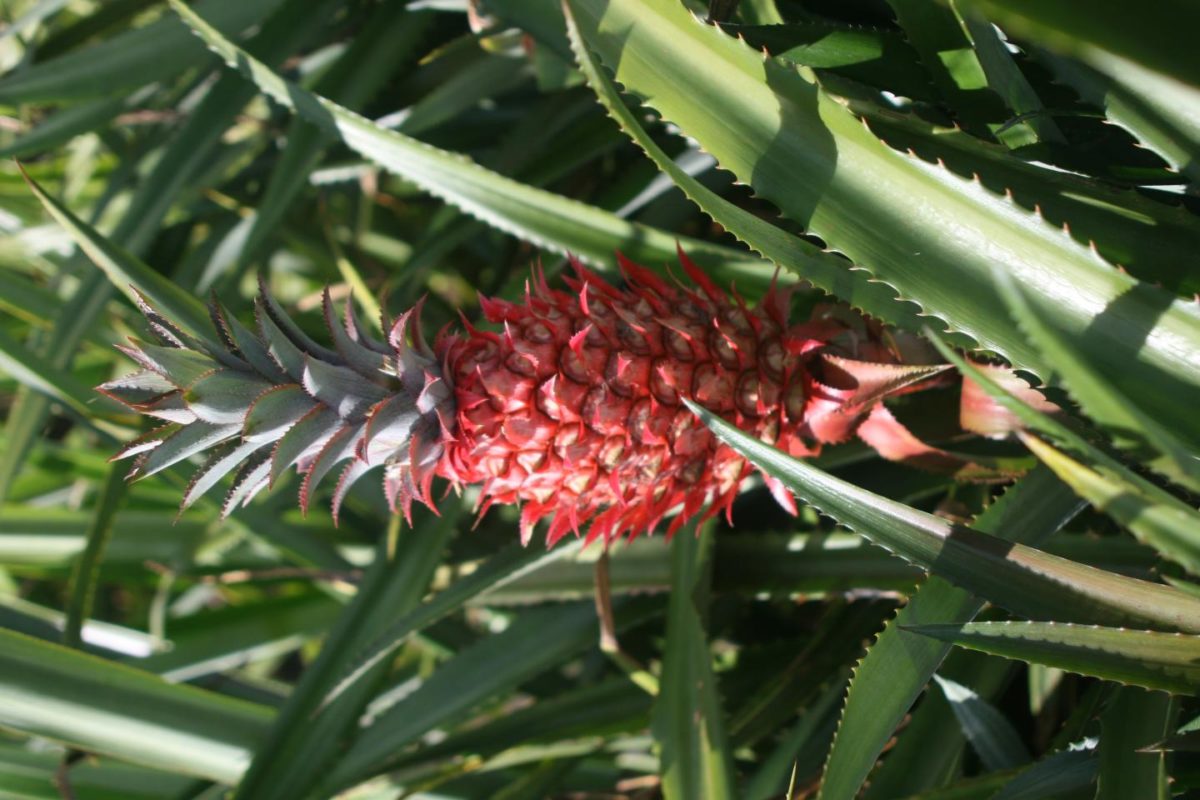

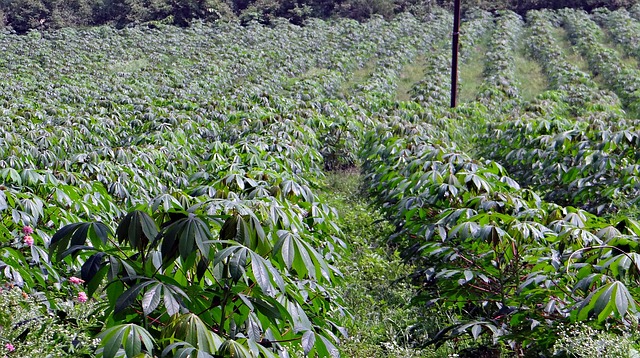
World leaders gather for the UN General Assembly on the 25th September, hundreds of emerging leaders focused on fighting global inequality came together at the Bill & Melinda Gates Foundation’s third annual Goalkeepers event in New York City. Among them, University of Illinois scientist Amanda De Souza highlighted a crop of inequality called cassava, which has starchy, tuberous roots that sustain more than 500 million people in sub-Saharan Africa, yet cassava has been largely neglected by research and development compared to the staple crops of wealthier regions. Recently, De Souza and a team from Realizing Increased Photosynthetic Efficiency (RIPE) published a study in New Phytologist that identified opportunities to improve cassava yields—which have not increased for more than fifty years in Africa.
“For smallholder farmers who depend on tiny plots of land to feed and support their families, cassava is a ‘backup’ crop when other crops fail,” De Souza said at Goalkeepers, where she described her work to improve cassava through the RIPE project. “Especially for women, who represent a majority of smallholder farmers, cassava is a savings account. It is a resource they can harvest all year to pay for things like medical treatments and their children’s school fees.”
The RIPE project is an international effort to develop more productive crops by improving photosynthesis—the natural, sunlight-powered process that all plants use to fix carbon dioxide into carbohydrates that fuel growth, development, and ultimately yields.
Led by RIPE researchers at Illinois and Lancaster University, this study examined factors that limit photosynthesis in 11 popular, or farmer-preferred, African varieties of cassava with the goal to eventually help cassava overcome photosynthetic limitations to boost yields.
First, the team examined the photosynthetic limitations of cassava exposed to constant high levels of light, like a plant would experience at midday with cloudless skies. In these conditions, and like many crops, cassava’s photosynthesis is limited (by as much as 80 percent) by two factors: One half is due to the low speed that carbon dioxide molecules travel through the leaf to reach the enzyme that drives photosynthesis, called Rubisco. The other half is because Rubisco sometimes fixes oxygen molecules by mistake, wasting large amounts of the plant’s energy.
Next, the team evaluated the limitations of photosynthesis under fluctuating light conditions. Surprisingly, and unlike most crops, Rubisco was not the primary limiting factor when leaves transitioned from shade to sunlight, like when the sun comes out from behind a cloud. Instead, cassava is limited by stomata, which are microscopic pores on the surface of leaves that open to allow carbon dioxide to enter the plant but at the cost of water that escapes through these same pores. Stomata are partially closed in the shade and open in response to light when Rubisco is active.
“Rubisco is the major limiting factor during this transition from shade to light for most plants, including rice, wheat, and soybean,” De Souza said. “Cassava is the first crop that we have found where stomata limit photosynthesis during these light transitions more than Rubisco.”
Illinois’ Postdoctoral Researcher Yu Wang created a computer model to quantify how much cassava would gain by overcoming this limitation. According to the leaf-level model, if stomata could open three times faster, cassava could fix 6 percent more carbon dioxide each day. In addition, cassava’s water use efficiency—the ratio of biomass produced to water lost by the plant—could be improved by 16 percent.
In addition, the team found that it takes as long as 20 minutes for cassava to transition from shade to full light and reach the maximum rate of photosynthesis, which is quite slow compared to other crops such as rice that can transition in just a few minutes. However, the fastest variety of cassava could transition almost three times faster and fix 65 percent more carbon dioxide into carbohydrates than the slowest variety. Closing this gap is another opportunity to improve cassava’s productivity.
“Plants are constantly moving from shade to light as leaves shift and clouds pass overhead,” said RIPE Director Stephen Long, Ikenberry Endowed University Chair of Crop Sciences and Plant Biology at Illinois’ Carl R. Woese Institute for Genomic Biology, who contributed to this study. “We hope that the variation that we discovered during these light transitions among cassava varieties can be used to identify new traits, and therefore opportunities for us to improve cassava’s photosynthetic efficiency and yield potential.”
2019 marks the third year of Goalkeepers, an initiative dedicated to accelerating progress towards the Global Goals. The Goalkeepers annual event in New York is a gathering of approximately 400 world leaders, global activists, and community changemakers, using powerful stories, data and partnerships to highlight progress achieved, hold governments accountable and bring together a new generation of leaders to address the world’s major challenges.
Read the paper: New Phytologist
Article source: Carl R. Woese Institute for Genomic Biology, University of Illinois at Urbana-Champaign
Image credit: Bishnu Sarangi / Pixabay
